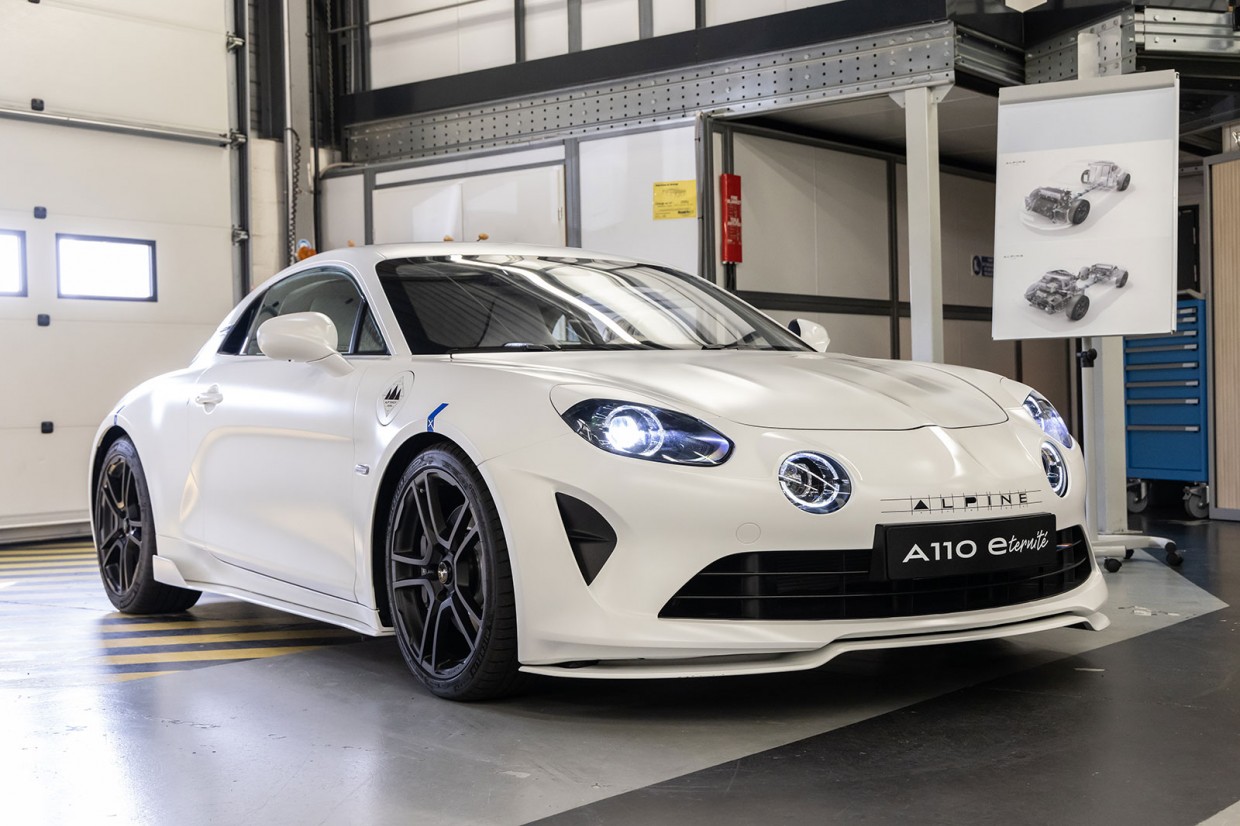
The Alpine A110 is one of the best sports cars to be launched in the past decade. Used by Renault to revive the sports car brand, it received a huge number of plaudits due to its brilliant driving dynamics.
That is partly due to its agile handling, low centre of gravity and supple ride – but at its very core is its lightweight nature. Weighing just 1120kg, the A110 is one of the lightest sports cars ever made.
But now, Alpine is about to embark on a vast transformation as it rebrands itself as an electric performance manufacturer. And it is set to start in the coming days, when Alpine reveals a hot-hatch version of the reinvented Renault 5 EV. That will be followed by a sports crossover called the GT X-Over and an electric version of the A110.
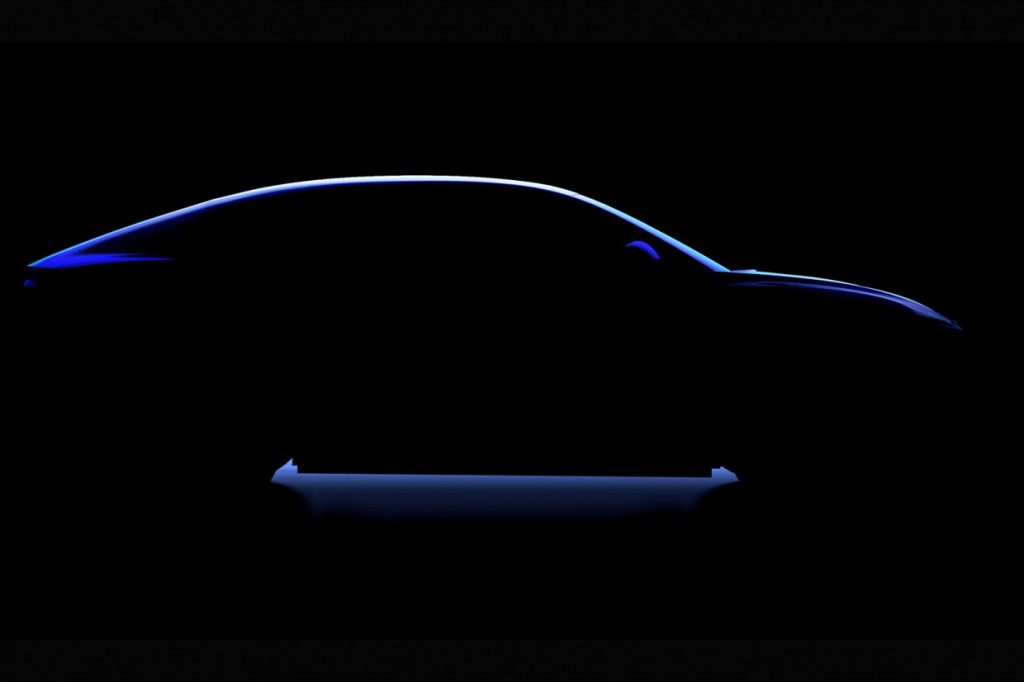
As exciting as that sounds, Alpine has a challenging task on its hands. The A110 is a lightweight sports car, and electric car batteries are heavy. That presents a bit of a challenge, because that lightweight philosophy is what the brand is built on.
Alpine has, of course, been working on the answers to that challenge, and it has given us a taste of some of those in the form of the Alpine A110 E-ternité.
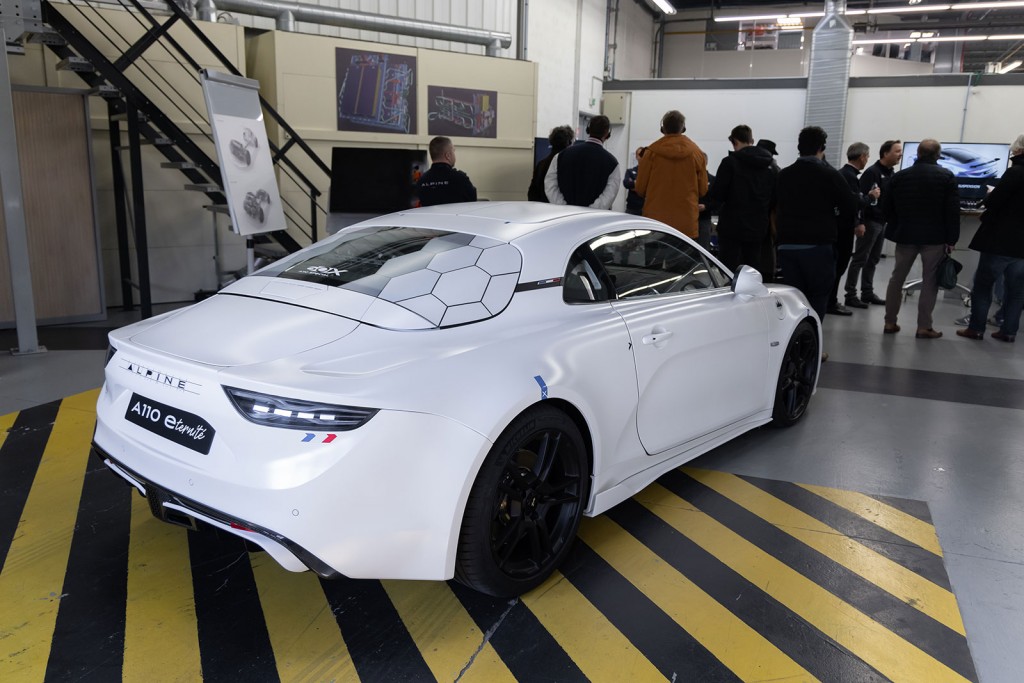
Tell me more about the A110 E-ternité
Revealed at the end of 2022, the E-ternité was created to serve as a rolling laboratory for Alpine’s engineering team as it continues to develop the A110’s electric successor.
What is really impressive about the E-ternité is its modest weight gain over the current ICE-powered A110. Tipping the scales at 1378kg, the E-ternité is only 258 kg more than the standard car, and less than a Mini Electric hatchback, which weighs 1440kg.
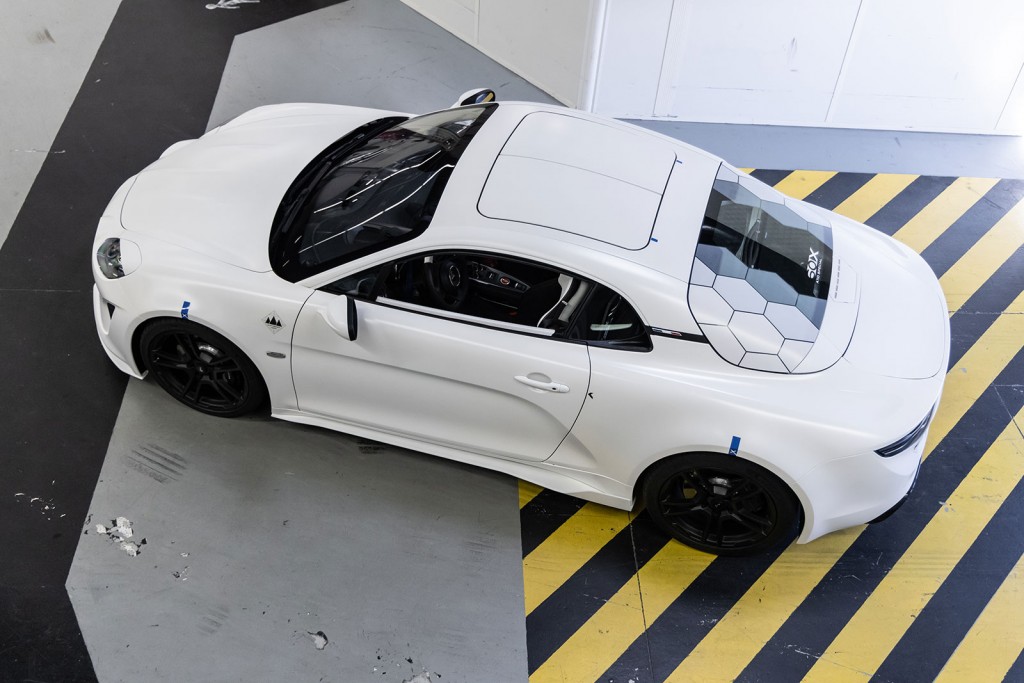
Although the team had originally aimed for a weight of 1320kg, you can hardly fault the Alpine team for missing that target given its efforts to reduce mass.
Alpine sweated to save as many kilograms as possible, for example, the engineers shaved off 40kg from the 62kWh battery pack it shares with the Renault Megane E-Tech by reworking its battery casing. The modules remained identical, with only the structure of the pack being redesigned to save weight.
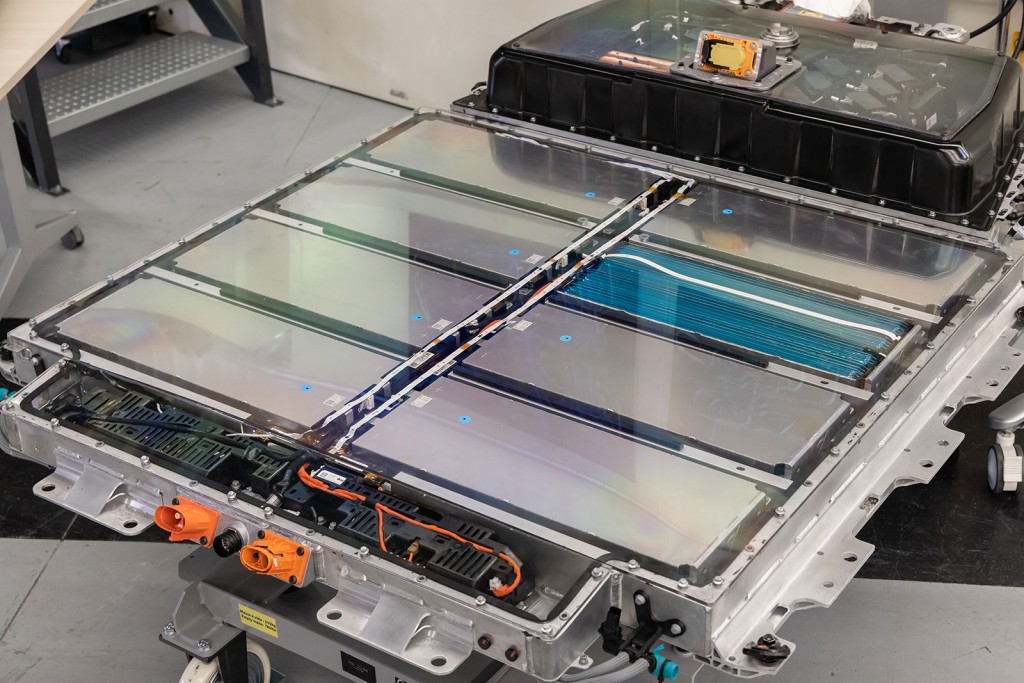
Engineers were also able to gain advantages by swapping the piston-powered A110’s water-cooling system for a pair of cooling plates, further saving weight. The cooling plates were made from thin sheets of aluminium, with coolant flowing through them in order to cool the batteries.
If Alpine’s future A110 comes anywhere close to the 1378kg achieved by the E-ternité, it could be one of the lightest series production EVs on sale.
Has Alpine considered how batteries could affect the car’s dynamics?
As the E-ternité is based on the petrol-powered car, Alpine couldn’t simply add batteries to the floor of the car as this wasn’t possible due to the design of the chassis and body.
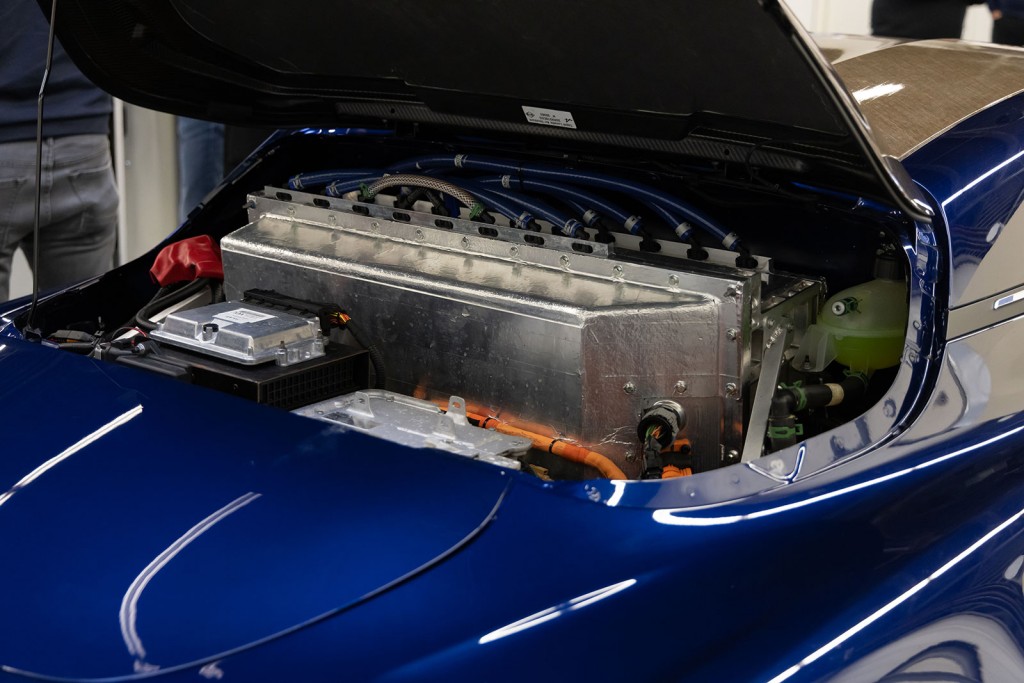
To get around this issue and in an attempt to maintain the attributes of the ICE car, Alpine split the 12-cell battery into two parts, placing four modules in the front and eight in the rear, to create a 42:58 weight distribution.
Crucially, this differs only slightly to the current A110, with its turbocharged four-cylinder engine positioned behind the driver for a 44:56 split.
The rear-biased set-up of the E-ternité suggests that a future electric A110 would likely maintain its agility, with the batteries behind the bulkhead adding weight over the rear wheels for improved grip.
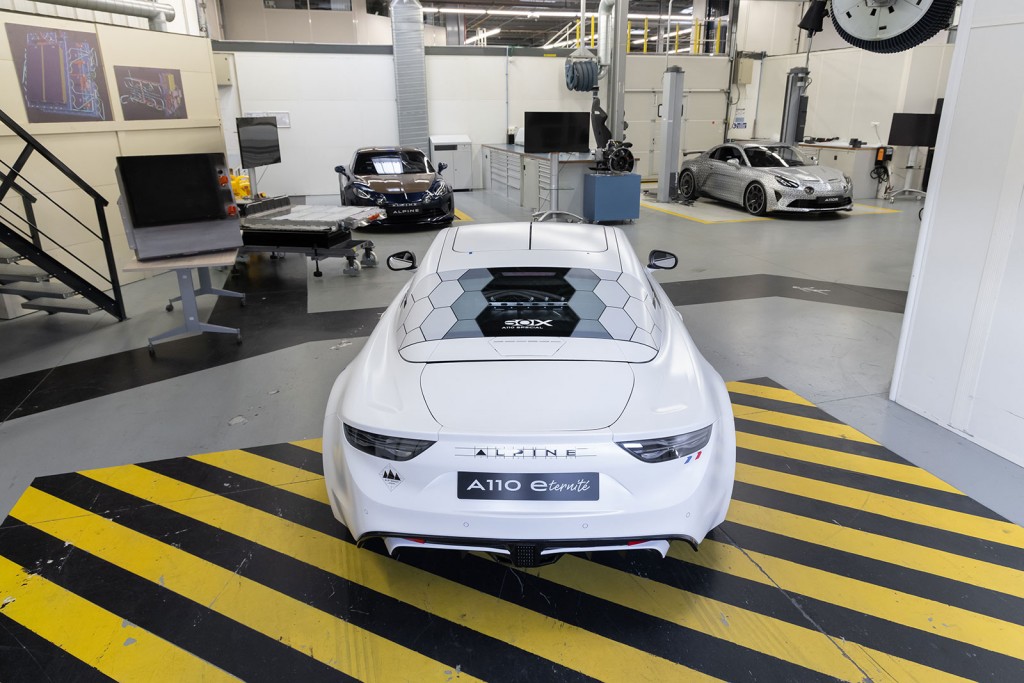
Because of the addition of the batteries in the front and rear of the car, the E-ternité’s centre of gravity is 15mm higher than the current 110, which led Alpine to stiffen the car’s springs due to the increased weight of the car. Despite this, Alpine is clear that the end result, albeit with the slight increase, is very similar to the A110 of today.
Alpine also decided not to implement active suspension or torque vectoring, systems which are used by rivals to lessen the impact of weight on a car’s handling and agility. The French brand argues that by carrying over the passively damped set-up of the ICE A110 is better in terms of weight saving, and because active systems disconnect the driver from the road.
Can the E-ternité keep up with the car it is based on?
In a drag race, placing a bet on the E-ternité wouldn’t be such a bad idea. With 178kW and 221lb ft from a rear-mounted electric motor, the E-ternité delivers similar performance to the ICE A110. It can do the 0-62mph sprint in 4.5sec and tops out at 155mph. The range isn’t sensational, with a claimed 261 miles; and if you’re on track, Alpine says the car will only last 15 minutes if driven flat out.
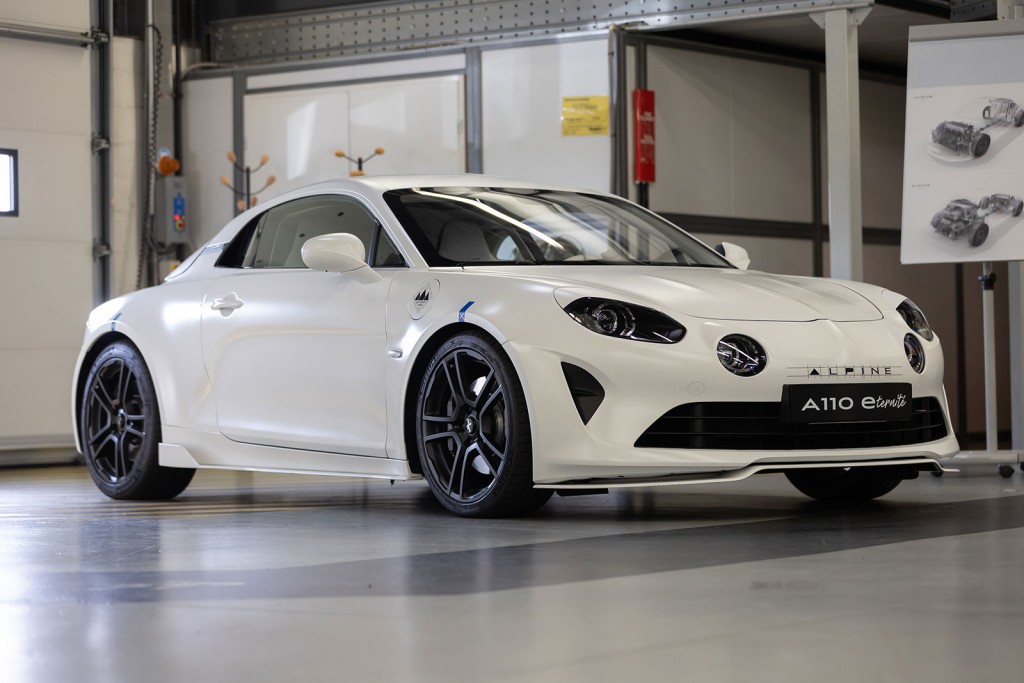
Intriguingly, Alpine has equipped the E-ternité with a two-speed automatic gearbox, which changes from first to second when it reaches 70mph. Such gearboxes are rare, with only the Porsche Taycan using a two-speed box to boost its overall performance. Alpine’s system helps bring it in line with the petrol model, but will feel significantly different to the current A110’s seven-speed auto.
What else makes the E-ternité stand out?
The French brand is afraid of experimentation, and on our visit to the firm’s development facility in southern Paris, we got a glimpse of how it is using a new sustainable material called flax to save weight.
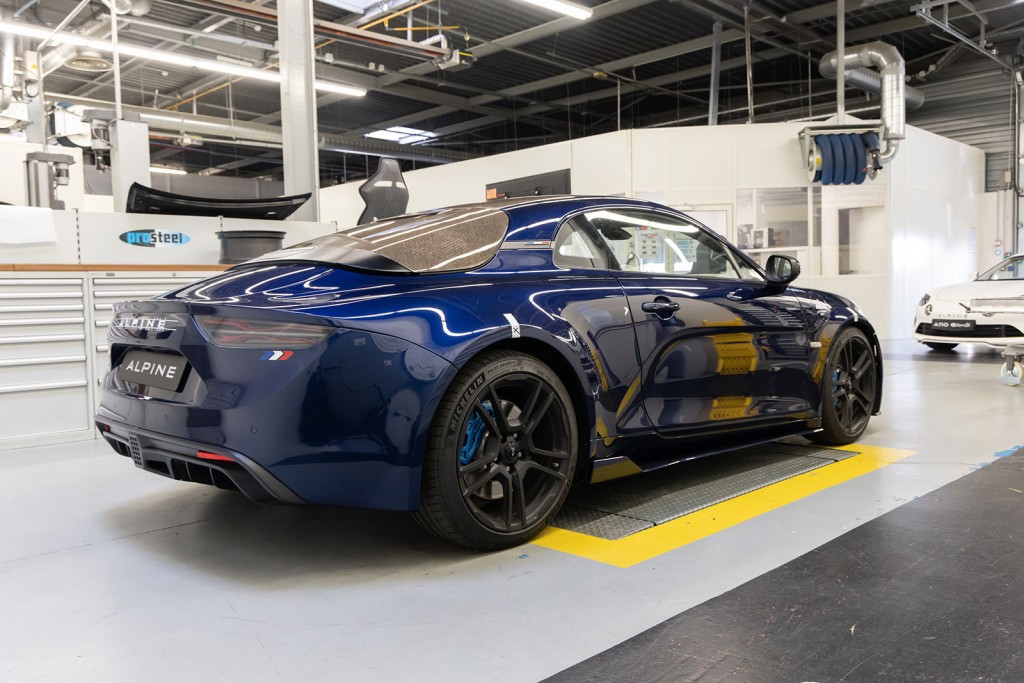
The flax material is made from plant fibres that are woven together, with a resin like substance protecting it. It’s very similar to carbon fibre but is more sustainable, because less heat is required to create the flax material. Alpine is aiming to offer flax as an alternative to carbon fibre on its cars from 2027.

Another notable feature of the A110 is its open top roof. The removable section is split into two parts, with the panels weighing just 1.9kg and 2.1kg, respectively, further highlighting Alpine’s efforts to uphold the brand’s lightweight philosophy. And while the removable roof has helped save weight, it also hasn’t had any impact on the overall rigidity of the car.
While Alpine’s task appears daunting, the E-ternté showcases how Alpine is willing to make fundamental sacrifices to maintain the brand’s lightweight principles. The biggest test will be its new electric sports car, with the hot hatchback and crossover on hand to bolster profits. Only when we drive the electric A110 will we know for sure if the brand’s hard work has paid off.
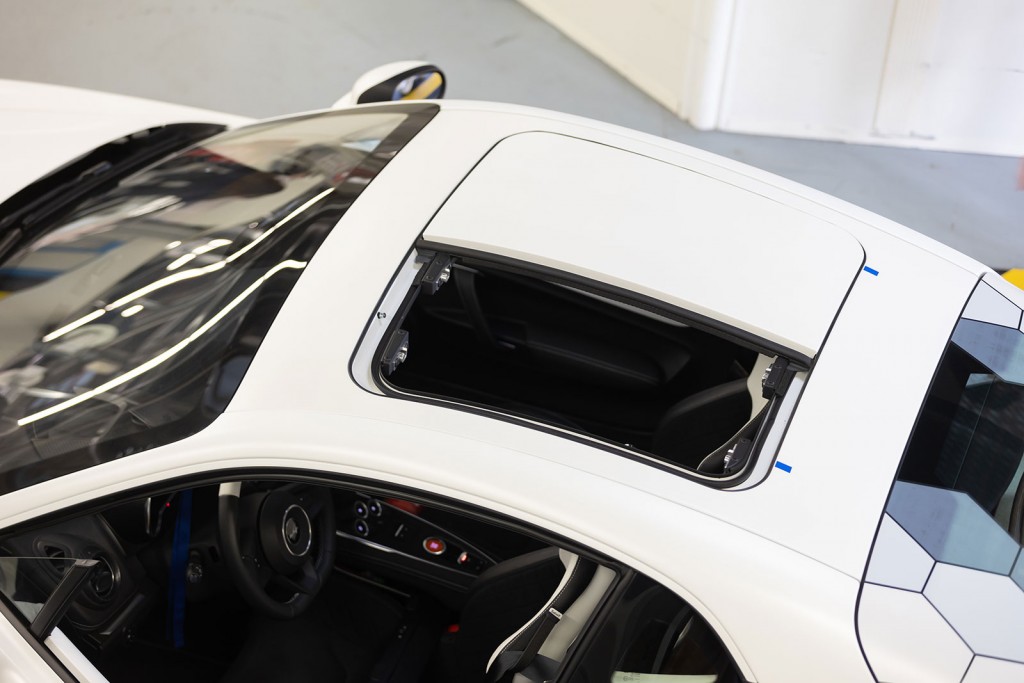
READ MORE
Subscribe to the Move Electric newsletter
e-CARS
What is a heat pump and how do they benefit electric cars?
Bold new Volkswagen ID 2all previews sub-£22,000 electric car
e-BIKES
Ten electric bikes we're excited for in 2023
Nine ways to keep your e-bike safe
E-bike theft: how common is it and what can you do to protect your e-bike?
Haibike AllMtn CF 6 e-bike review
e-MOTORBIKES
10 electric motorbike start-ups you should watch out for
Energica e-motorbike to take on all-comers in US racing series
Ducati: How the Italian motorbike brand is gearing up for the electric era
e-SCOOTERS
Planned laws to legalise private e-scooters face delay
Leading e-scooter firms team up on best-practice guide for cities
Ambiguity over e-scooter legality causing ‘confusion’, says police chief
e-WORLD
Solar panels: 8 ways the sun can power your electric life
First ride: Lunaz Upcycled Electric Vehicle bin lorry
